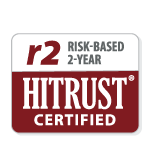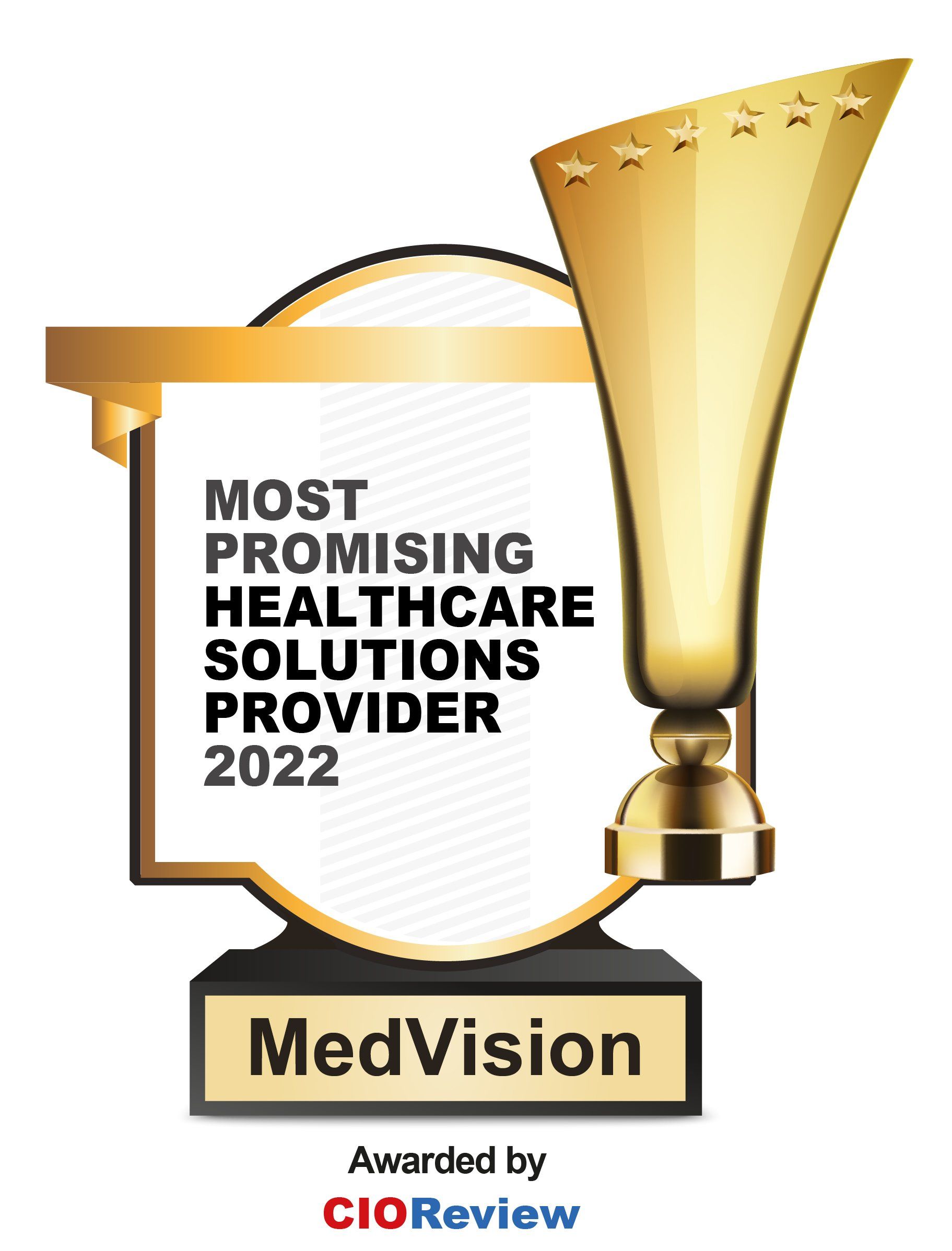CMS Direct Contracting Solution
With new chances to participate into an enhanced value-based model with the CMS, you may revitalize your healthcare payer organizations.
Payment Model Options
With a third "Geographic" option to be provided later this year, CMS now has two primary alternatives for DCE participants to take on risk and gain savings.
Global Model
Monthly PCC (described above) or monthly Total Care Capitation (TCC) to cover services supplied to align beneficiaries by the DCE's Participating and Preferred Providers (PPP) (optional).
Geographic Model
Assumes full responsibility for the care costs of beneficiaries in a designated geographic area. However, there is no word yet on when this model will be available.
Professional Model
With a monthly Primary Care Capitation (PCC) option for primary care services supplied to aligned beneficiaries by the DCE's Participating Providers, the lowest risk share (50 percent savings/losses)
CMS' DCE Models help providers support quality care and risk management
CMS has introduced a number of Alternative Payment Models (APMs) to motivate providers to maintain or enhance quality outcomes for conventional Medicare fee-for-service (FFS) users while decreasing their healthcare expenditures. The most recent model is the CMS Direct Contracting Entity (DCE) model, which reflects these objectives and incorporates lessons learned from prior APM models to broaden participation to a wider spectrum of medical groups, physician groups, health systems, and risk-bearing entities.
The DCE program's lower beneficiary alignment standards, financial assurance plan flexibility, and smaller set of core quality metrics provide providers who could not qualify to join in other APM programs, such as Accountable Care Organizations, a unique option (ACO). DCE represents a chance to apply for a program that attempts to minimize administrative hassles and increase patient volume, with the possibility of gaining additional, more predictable income streams.
Criteria for Direct Contracting Applications
CMS established the Direct Contracting model alternatives to meet the diversity of applicant provider groups. Different risk models, beneficiary alignment criteria, and payment mechanisms are incorporated into each DCE model type in order to attract a larger spectrum of participants. In order to be considered qualified by CMS, applicants must demonstrate an organizational structure that advances the models' aims. It will feature a variety of providers and suppliers who can demonstrate their dedication to providing high-quality care. CMS will evaluate applications in accordance with the following criteria:
1. organizational structure
2. leadership and administration
3. financial plan and experience with risk-sharing
4. patient-centricity and beneficiary participation
5. clinical care
Implementation Timeline
The Global and Professional payment model options are two of the various DCE model frameworks, with the first performance period commencing in April 2021. The second round of applications is now being reviewed through the end of March 2021, with a January 2022 effective date.
The initial three-year performance period will extend from January 1, 2022, to December 31, 2024. The duration of the second three-year performance period is from January 1, 2025 to December 31, 2027.
What are DCEs?
The DCE program is the next generation of risk-sharing arrangements for firms seeking Direct Contracting Entity status with CMS (DCE). A Direct Contracting Entity model framework is the performance entity made up of strategic healthcare providers and suppliers, known as "Participating" and "Preferred" Providers, that operate in the program under a shared legal structure. The DCE chooses which CMS payment, population, and risk arrangement choices to participate into, and is financially responsible for the quality and cost of care provided to its aligned beneficiaries.
Existing fundamental structures for provider organizations contemplating a shift to the DCE model currently include:
- Standard DCE – Organizations with extensive experience servicing standard Medicare FFS members, including dually-eligible beneficiaries linked to the DCE via voluntary or claims-based alignment.
- New Entrant DCE – Organizations that have not traditionally serviced traditional Medicare FFS populations and will rely mostly on voluntary alignment, at least in the first few performance years of the model. In addition, the claims-based alignment will be implemented.
- High Needs Population DCE – Organizations with expertise treating conventional Medicare FFS members with complex needs, including dually-eligible beneficiaries, and who are aligned to the DCE via voluntary or claims-based alignment. Expected to utilize a care model developed for handling beneficiaries with complicated needs.
Similar to the majority of value-based systems, a DCE's savings and losses are related to the yearly medical costs of its aligned beneficiaries, which are then compared to its financial "benchmark." CMS produces benchmarks as Per Beneficiary Per Month (PMPM) dollar amounts, which are then risk-adjusted based on the DCE's chosen model, population type, and aligned beneficiaries' historical claim expenses.
QuickCap Operationalizes Your DCE Processes
Participating DCEs cannot be successful without compatible direct contracting software. Today, QuickCap (QC7) delivers the technical innovation that allows DCEs to more effectively manage complicated, chronic cases and populations, as well as the associated value-based income streams, in order to satisfy the objectives of shared or global risk arrangements. The operationalization of a DCE model is successful if the following requirements are met:
Contracting
Provides a single system that allows businesses to establish provider reimbursement configuration details. This affords organizations flexibility with respect to their downstream capitation and carve-out systems.
Clinical Alerts
QC7 regulates and schedules periodic warnings based on a customizable rules engine. This helps enterprises to monitor population health management and mitigate any risk while staying ahead of the curve.
Case Management
Provides risk stratification and management of population segments that define case or illness management plans with a specific focus. Through evaluation, measurement, and objective-driven workflow setups, patient and beneficiary management is efficiently maintained.
Communications
Embedded communication modules that provide quick chat, text, screen sharing, and video interaction between internal and external care teams within the networked organization and across stakeholders, facilitating access for care and business operations teams.
Referral and Claim Administration
Auto-adjudication and care coordination services to simplify line end-to-end operations through payments and electronic delivery of EOBs.
Read more resources
Connected Healthcare
HITRUST Risk-Based 2-Year Certification Achiever
The Health Information Trust (HITRUST) is a standards organization dedicated to security, privacy, and risk management. They developed the HITRUST Common Security Framework (CSF), which assists organizations in maintaining a comprehensive and secure approach to HIPAA compliance and managing risks. HITRUST is widely recognized as the benchmark in data security and privacy.
Certified Member of HCAA
The Health Care Administrators Association is the nation's largest nonprofit trade association for third-party administrators, stop loss insurance carriers, managing general underwriters, audit firms, medical managers, technology organizations, pharmacy benefit managers, brokers/agents, human resource managers, and health care consultants. HCAA has spearheaded the change of self-funding for more than 35 years.
Share and post page directly to social media.
Ready to get started?
Call us @ 847 - 222 - 1006
LINKS
GET IN TOUCH
3233 N. Arlington Heights Rd.,
Suite 307, Arlington Heights, IL 60004
Phone:
847-222-1006
Fax: 847-222-1066
STAY INFORMED
Subscribe to our blog updates!
Blog Subscription
Than you!
You have successfully subscribe to our blog updates!
Oops, there was an error in sending your message. Please try again later
LINKS
GET IN TOUCH
3233 N. Arlington Heights Rd.,
Suite 307, Arlington Heights, IL 60004
Phone :
847-222-1006
Fax :
847-222-1066
STAY INFORMED
Subscribe to our blog updates!
Blog Subscription
Than you!
You have successfully subscribe to our blog updates!
Oops, there was an error in sending your message. Please try again later
Medvision | All Rights Reserved.









